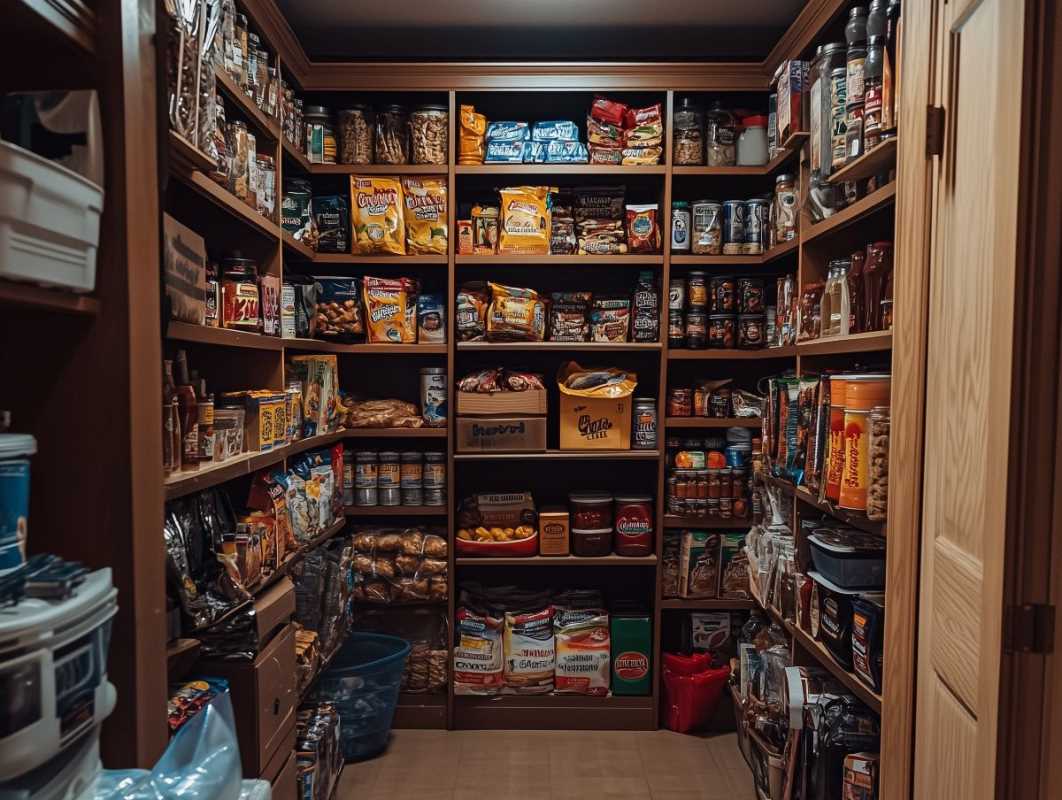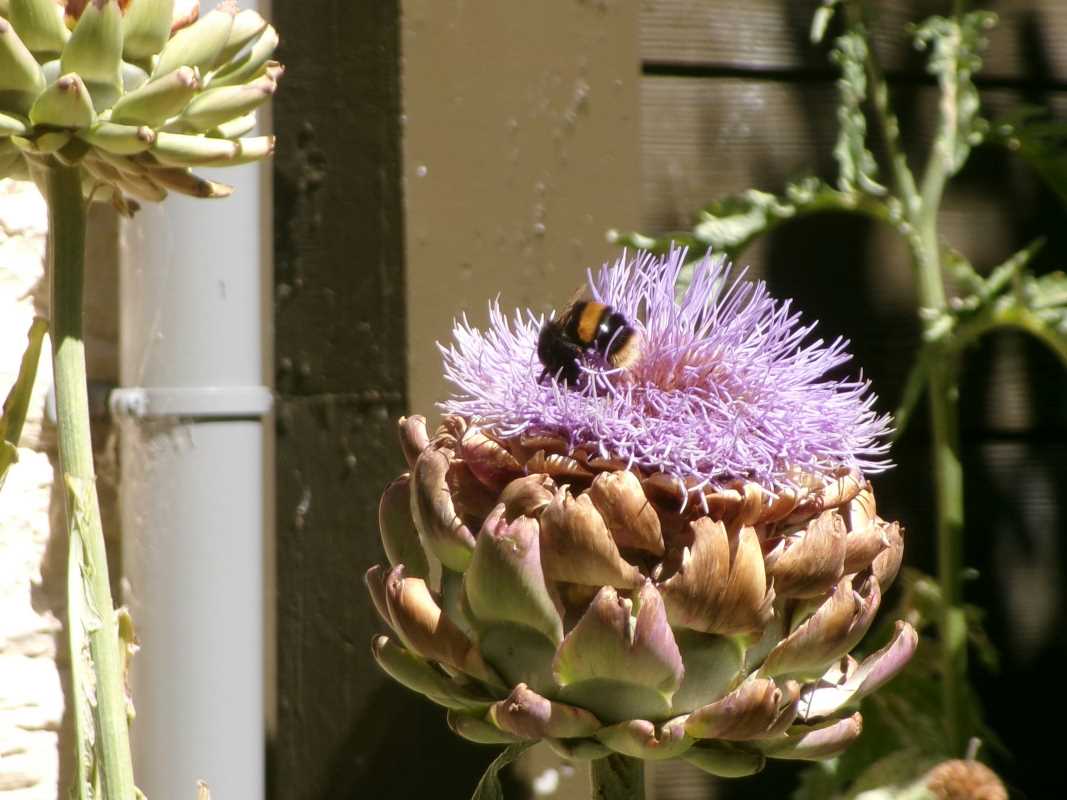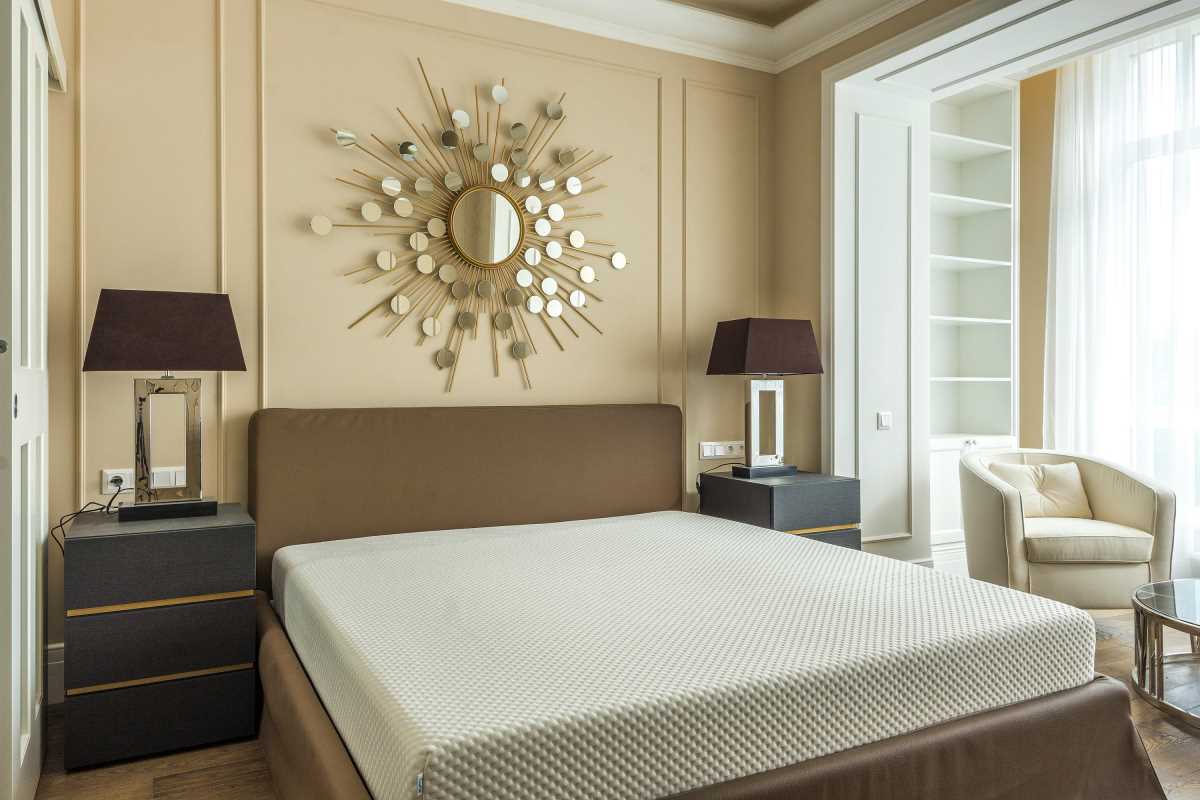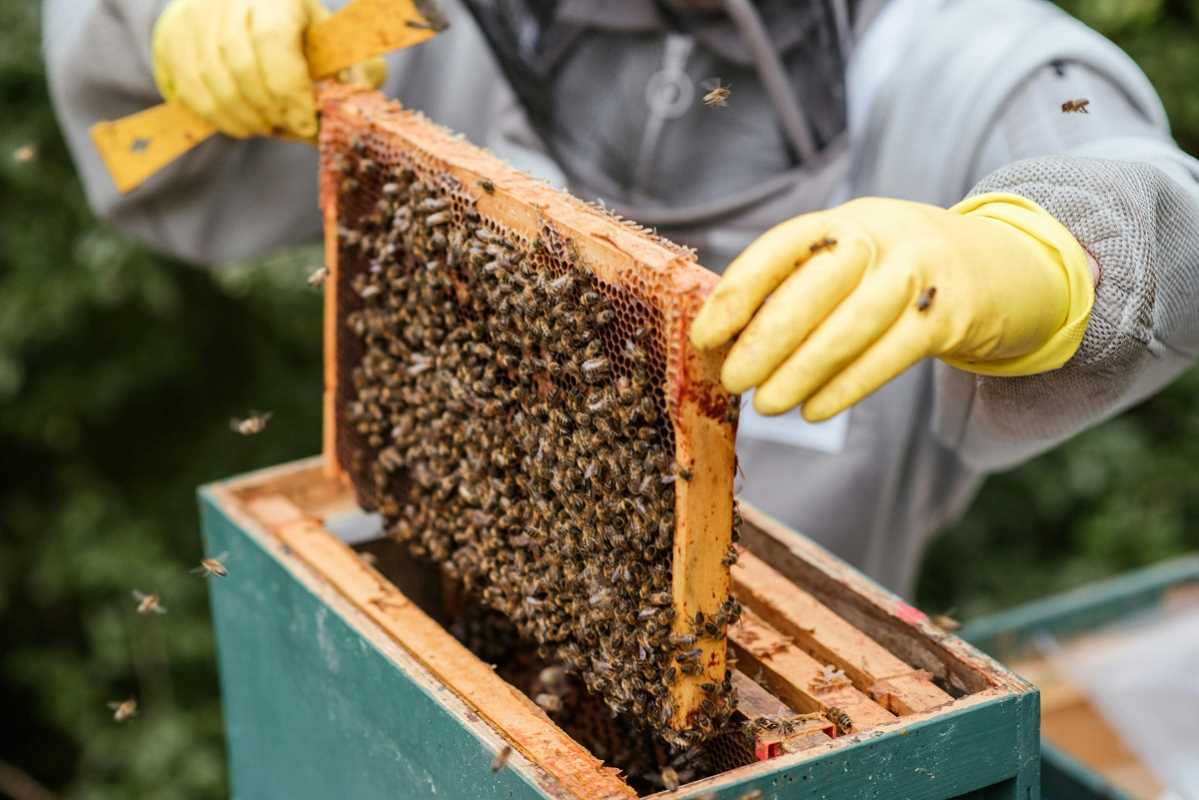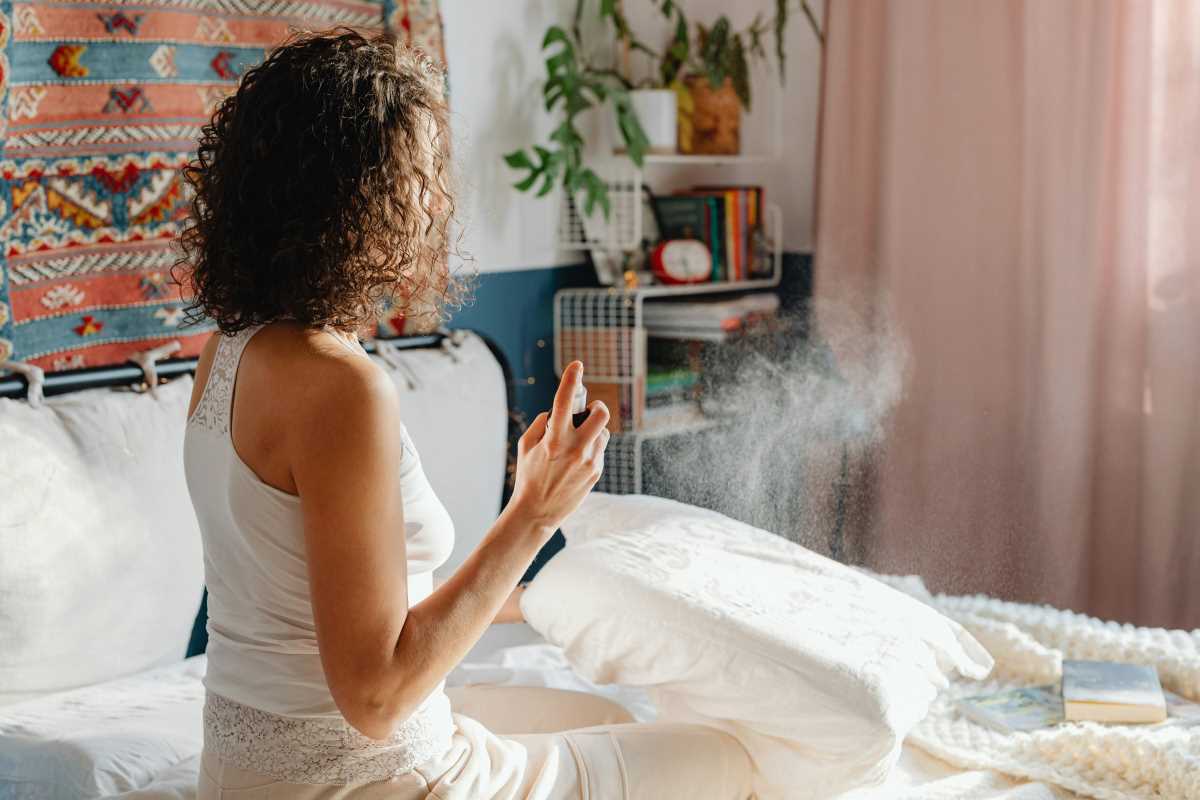Looking to transform your outdoor space into a cozy, stylish lounge area without breaking the bank? Repurposed materials might just be the key to unlocking a design that’s both eco-friendly and uniquely yours. From weathered wood with character to old furniture waiting for a second life, there’s no limit to what you can create with a little imagination and some DIY spirit.
Whether you’re dreaming of a laid-back space for summer evenings or a lively nook for hosting friends, this guide will show you how to upcycle thoughtfully, source materials efficiently, and design an outdoor retreat that feels as good as it looks.
Why Repurpose Materials for Outdoor Spaces?
Repurposing brings plenty of perks to the table:
- Sustainability: Repurposed materials save items from landfills while reducing the demand for new, resource-heavy production.
- Cost Savings: Using free or inexpensive salvaged materials makes it possible to create on a budget without sacrificing style.
- Uniqueness: No store-bought patio set can match the personalized charm of furniture and décor you’ve hand-crafted from unexpected finds.
- Creative Freedom: Repurposing lets you experiment and design a space that reflects your personal taste, far beyond cookie-cutter trends.
How to Source and Prepare Repurposed Materials
The hunt for materials is half the fun! Here’s how to make it efficient, productive, and inspiring.
1. Where to Find Repurposed Materials
- Free Online Listings: Browse websites like Freecycle, Craigslist’s free section, or Buy Nothing groups. Look for pallets, old furniture, or even items like broken tiles or scrap wood.
- Thrift Stores and Salvage Yards: Habitat for Humanity’s ReStores and similar secondhand outlets often sell surplus materials for a fraction of their original price.
- Your Own Storage (or a Friend's Shed): Got an old ladder collecting dust or a broken table in the garage? These could become cornerstones of your lounge area.
- Construction Site Recycling: Check with local contractors or on-site managers to see if they’re discarding useful pieces like wood planks or beams.
- Curb Alerts: Keep an eye out on trash pickup days! Discarded furniture often has great potential once cleaned and refurbished.
2. Preparing Materials for Use
Repurposed items may need some care before they’re lounge-ready:
- Clean Thoroughly: Scrub wood and scrub palettes to remove grime, dirt, and any traces of pesticides. Furniture can be hosed down and wiped with mild soap.
- Seal for Durability: Raw wood and porous materials may absorb moisture outdoors; applying a waterproof sealant or polyurethane will extend use.
- Prime and Paint (if needed): Give items a facelift with weather-resistant paint or stain, adding a pop of color while protecting against the elements.
DIY Projects for a Repurposed Outdoor Lounge
Now for the fun part! Using those salvaged materials, here are some creative DIY ideas to shape your outdoor lounge.
1. Pallet Seating
Pallets are the holy grail of repurposed furniture. They’re versatile, durable, and often free for the taking.
How to Make It:
- Stack two or three pallets to create a sturdy couch base.
- Sand them down to avoid splinters and paint or stain for a polished look.
- Add foam cushions on top, covered with weather-resistant fabric, for instant comfort.
Extra Idea:
Attach wheels to the bottom pallet for a mobile seating option or use smaller pallets as side tables.
2. Upcycled Coffee Tables
Repurpose otherwise-forgotten materials into a standout coffee table fit for your lounge.
Options to Try:
- Cable Spools: Sand and paint large wooden cable spools for a rustic, stylish table perfect for snacks and drinks.
- Vintage Trunks: A well-worn trunk can double as a coffee table and storage for outdoor essentials like extra pillows or games.
3. Planters With a Twist
Greenery is a must in any outdoor lounge space, and repurposed planters make an even bigger statement.
Ideas for Planters:
- Tin Cans or Buckets: Repaint tin cans or metal buckets and use them as planters for herbs or flowers.
- Old Chairs or Bicycles: Remove the seat and insert a container into the frame, letting cascading greenery trail off the edges.
- Drawers and Ladders: Stack salvaged drawers and line them with potted plants for a tiered effect, or lean an old ladder against the wall with plants perched on each rung.
4. Reclaimed Wood Benches
Salvaged wood planks from old barns, pallets, or fences can be pieced together to create a rugged and inviting bench.
How to Do It:
- Cut the planks to your desired length and use heavy-duty screws to secure them to a strong base (cinderblocks work great).
- Sand rough edges and apply a weatherproof sealant.
For added comfort, toss on outdoor cushions or a throw.
5. Salvaged Lighting
No lounge is complete without soft, glowing ambiance when the sun sets.
DIY Lighting Projects:
- Mason Jar Lanterns: Fill jars with battery-operated fairy lights and suspend them from a repurposed ladder or tree branches.
- Old Chandelier Turned Solar: Pick up a secondhand chandelier and replace regular bulbs with solar-powered ones, then hang it above your lounge for a dramatic effect.
- Tin Can Lanterns: Puncture designs into tin cans, insert candles, and line them along pathways or seating areas.
6. Repurposed Decorations
Add charm with salvaged decorations that tie the space together.
Creative Décor Ideas:
- Hang vintage mirrors or picture frames on an outdoor fence to visually expand the space.
- Repurpose scraps of patterned fabric into colorful bunting or toss pillows.
- Use an antique door as vertical art, or lean it against a wall as a statement piece.
- Create a weathered bottle display by grouping old glass bottles with wildflowers or string lights.
Styling Your Outdoor Lounge
The key to making a cohesive outdoor lounge from multiple repurposed elements is to balance the rough and rustic with touches of comfort and polish.
Key Styling Tips
- Choose a Cohesive Palette: Unify the look by sticking to a simple color scheme, such as neutral tones with pops of green and blue for nature-inspired harmony.
- Layer Textures: Mix the rough texture of wood and metal with soft, inviting fabrics like outdoor rugs, oversized cushions, and throw blankets.
- Define Zones: Use furniture placement or an outdoor rug to designate the lounge area, creating a clear and inviting nook.
- Play With Height: Use a variety of elevations (think hanging lanterns, tall planters, and low seating) to create visual interest and a sense of balance.
- Add Functional Touches: Include functional pieces like a small repurposed bar cart for drinks, hooks for hanging tools or blankets, or a fire pit surrounded by your seating.
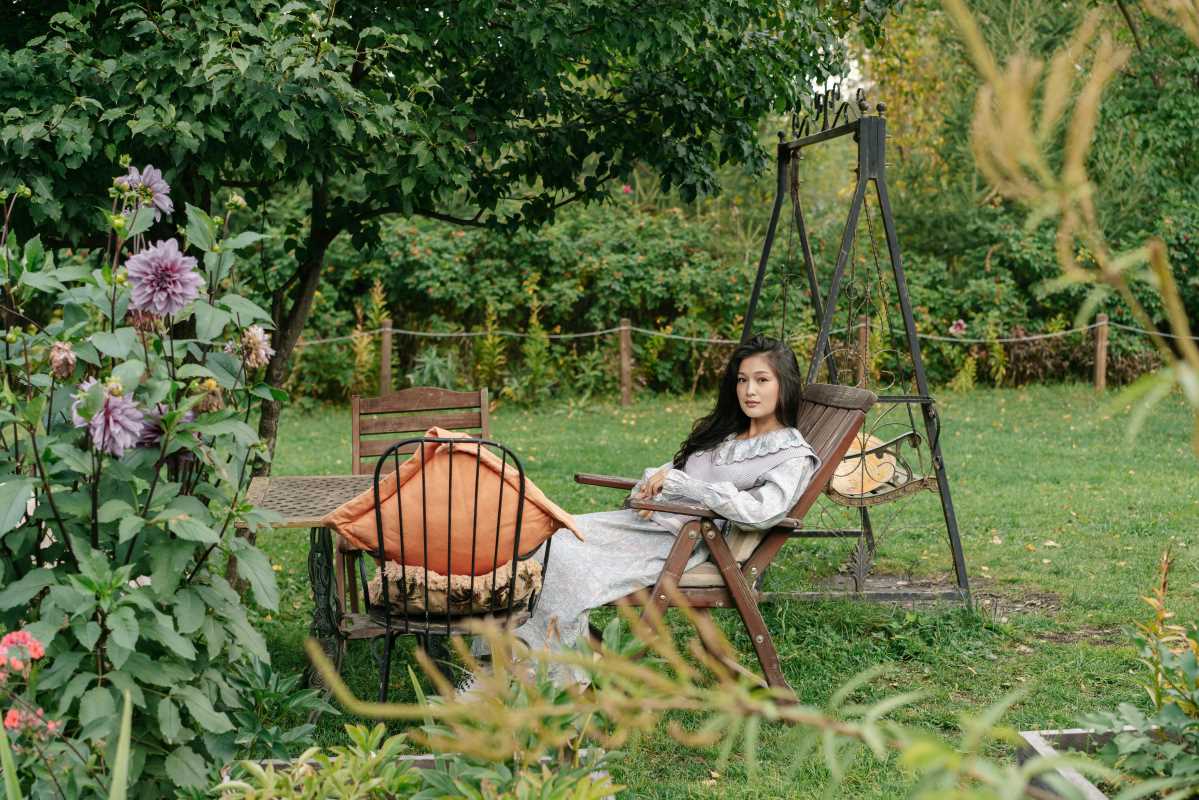 (Image via
(Image via
